Another part of the terms of reference is to investigate the matter of ‘hazard reduction.’ Although this has been a favourite theme of commentators wanting to distract the public from the fact that climate change might be making bushfires worse, it also could be a good subject to consider.
Except that it too is an idea that’s been kicked around endlessly with no apparent consensus. Who now remembers the 2008 Victorian Parliamentary enquiry into land management and bushfires? One of its recommendations was a huge burn off target. The State Government said of that recommendation:
‘The Victorian Government supports planned burning to improve protection, conservation and production outcomes. However, the annual area treated by planned burning needs to be determined based on science and risk management frameworks and be subject to opportunities as dictated by seasonal conditions.
‘Given this, the Government recognises that the amount of planned burning will vary to take into account these factors.
‘The Government supports a move away from focusing on hectare—based targets which may lead to inappropriate planned burning outcomes. They do not account for differences in the effort required for small area asset protection burns (often around settlements) compared to larger scale mosaic burns in more remote areas.
Then, only a few years later, the Black Saturday Royal Commission recommended a rolling 5 per cent target…and it was found unworkable and ineffective by the Commission monitor, for exactly the reasons set out in 2008—but only after a large area of land had been burned for no sensible reason.
Let’s hope we don’t have to go around that circle again.

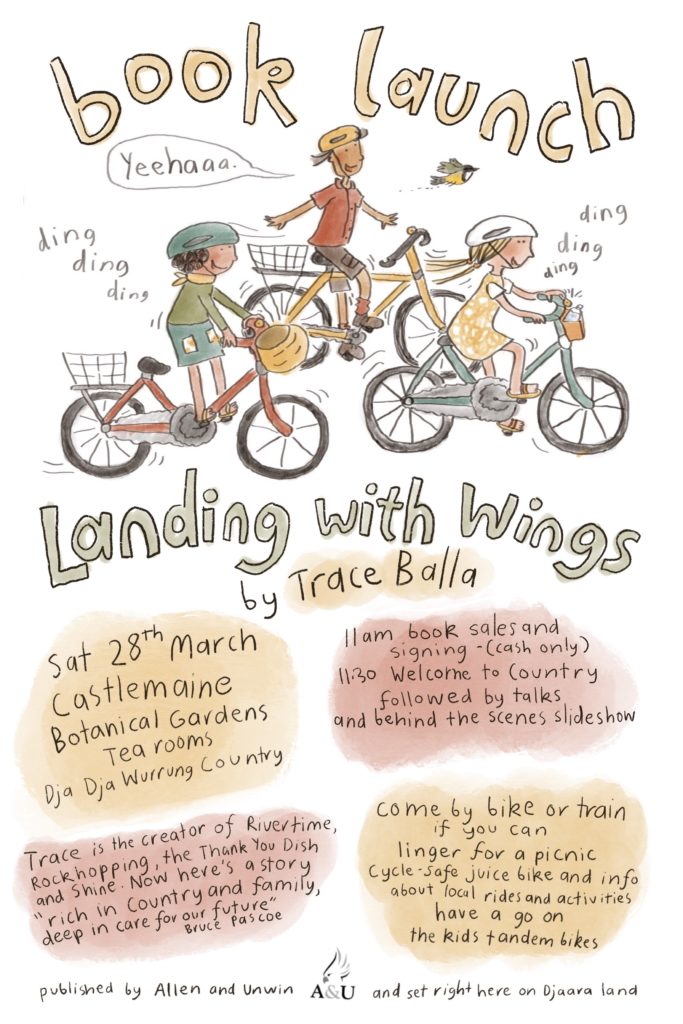
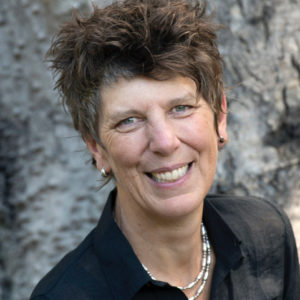
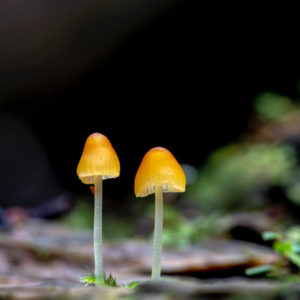
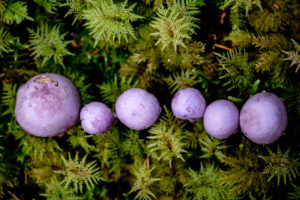
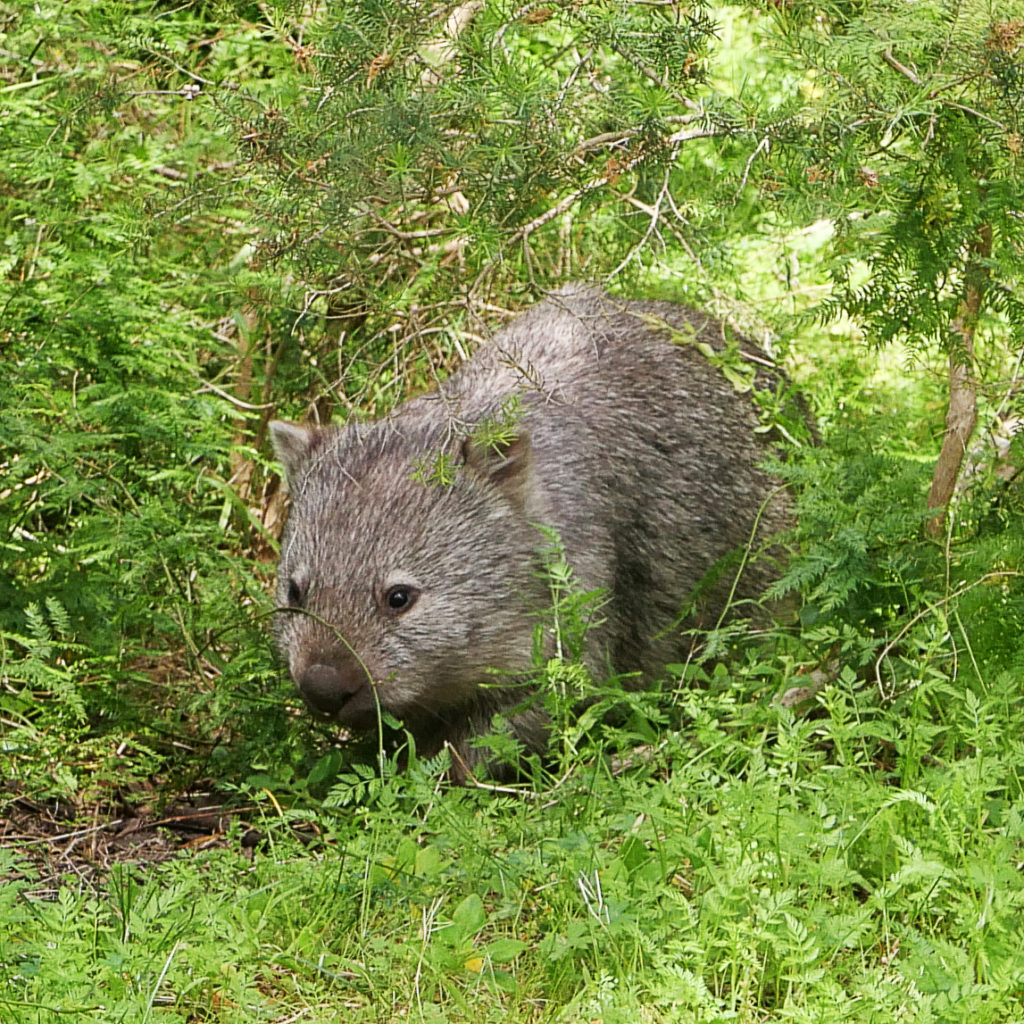
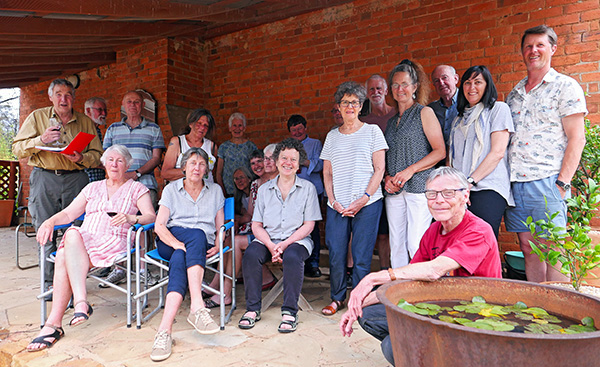
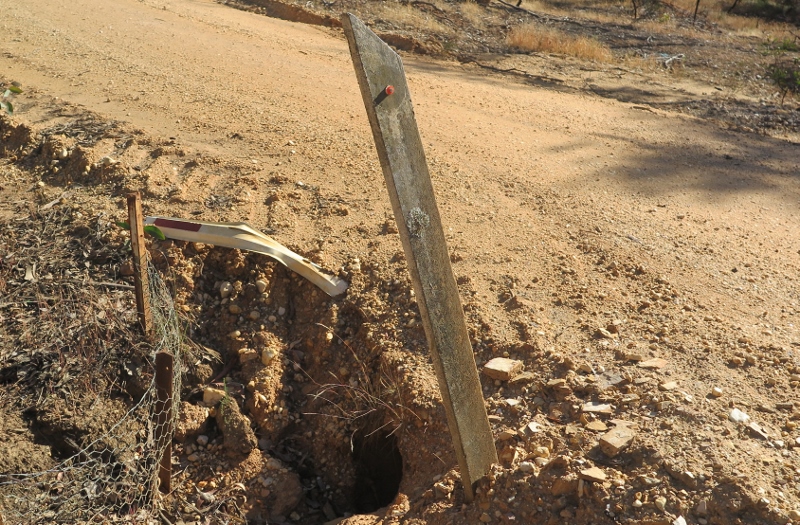



 Click on image for info/order page
Click on image for info/order page Click on image for info/order page
Click on image for info/order page Click on image for info/order page
Click on image for info/order page




















